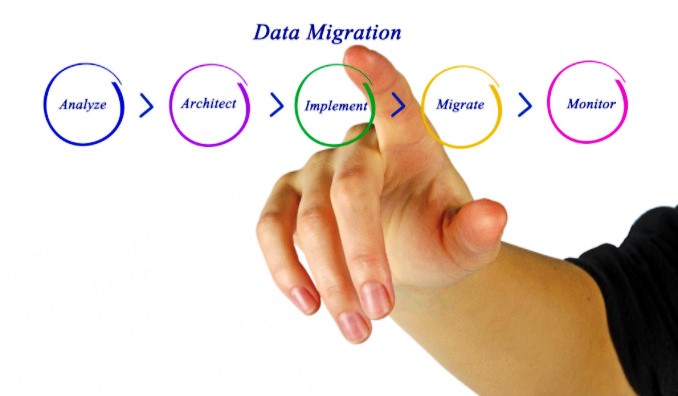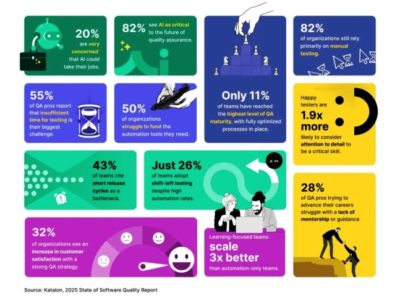The benefits of cloud are clear: increased agility and efficiency, longer-term hardware efficacy, and greater security are just some of the perks.
Why, then, has everyone not yet moved their operations to cloud? “Eliminating traditional infrastructure is a major undertaking,” says Andrew Cruise, MD of VMware Cloud provider Routed. “And with all the cloud options available today, decision-making has become more complex.”
RELATED: Routed achieves Africa’s first VMware cloud verified status
- Outline your environment
There are, in broad terms, two types of cloud environments: those for development, and those for enterprise. “Marketing has blended the two use cases and confused users,” says Cruise. “Devops is exciting, amazing, cutting-edge. The business usage, less so, because it involves migrating physical workloads to the cloud. Don’t confuse need-to-have with nice-to-have and spend money on something that seems very attractive, but that you won’t really need or use.”
- Do an audit of your operations
Cloud doesn’t necessarily replace all previous options but is an add-on in the hybrid world of today. Do an audit of your company’s operations and decide what needs to be moved to the cloud, says Cruise. “Some operations might not be suited to cloud for compliance reasons, for example. The decision to move certain operations to cloud depends on your desired outcome. You need to factor in your company’s unique variables for each operation, like cost, complexity, and compliance.”
Then, decide what needs to move to which type of cloud. “Different apps and operations belong in different places,” explains Cruise. “It’s unlikely that every cloud provider is fit-for-purpose for every app, and you need to choose the right environment for the right app. Picking a single platform because you want to keep things simple can mean suffering performance or commercial problems down the line. It introduces complexity to your final solution, yes, but each set of workloads will be in an ideal place.”
- Start small
This is particularly important for SMEs, says Cruise. “If you move too much to cloud too quickly, it can lead to failed migrations and operational paralysis. Break your operations down into bite-sized pieces and move them one at a time.”
What you decide to move first depends on your needs. “Some migrations, like email or backups, are relatively simple and low risk. This might make sense for some companies. “For others, moving to virtual machines is the smarter choice. VMware Cloud operators, like Routed, are running the same VMware that you’re running on-premises – the same enterprise-grade storage and servers. You get the immediate benefits of performance, reliability, scalability, and flexibility while only paying monthly usage.”
- Find the right management tools
When it comes to managing all these separate clouds once you’ve migrated, you won’t be able to achieve everything you want to with one management product, says Cruise. “Rather look for specialist management tools. If cost management is your priority or challenge, look for tools that manage costs across a range of cloud platforms. If you want to visualise your usage across multiple clouds, look for a product that gives you that kind of UI. A single management platform that does all the above, and does it well, does not exist. Choose specialist interfaces that do the job properly.”
IMAGE: ExistBI































